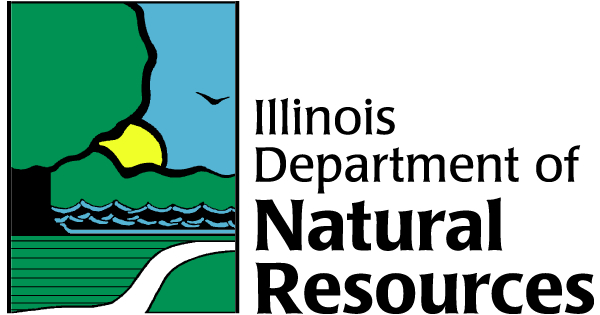History
George Rogers Clark and his contingent purportedly passed through or near Ferne Clyffe on their trip to Fort Kaskaskia in 1778. One hundred years later, the Cherokee reportedly used the area as their hunting range while on their Trail of Tears march.
Two Cairo brothers purchased a part of the park known today as Hawks' Cave/Big Rocky Hollow in 1899 and called it Ferne Clyffe because of the ferns that grew in such abundance. The area soon became known for its beauty and was eventually sold to Emma Rebman, a local school teacher and Johnson County school superintendent. Miss Rebman opened the park to the public on Sundays for a 10-cent admission. Ferne Clyffe soon became a popular attraction, and local entrepreneurs began to provide transportation from the Goreville train depot for an additional 10 cents.
In 1929, Miss Rebman offered to sell the park to the state of Illinois. Additional efforts by conservation and local groups, such as the Greater Egypt Association and the Illinois Redevelopment Board, resulted in the state's purchase of Miss Rebman's 140 acres in 1949.
Today, Ferne Clyffe State Park covers 2,430 acres of the majestic Shawnee Hills and is visited by more than 200,000 nature lovers each year.
Natural Features
Impressive rock formations can be seen from almost all of the park trails, but two of the best-known sights are Hawks' Cave, a 150-foot-long shelter bluff, and a 100-foot-tall intermittent waterfall on the Big Rocky Hollow trail.
It would be nearly impossible to list all of the plant life that thrives in the park--there are more than 700 species. Flowering dogwood, redbud, serviceberry, spicebush, sumac, sweetgum, maple, oak, hickory and some of the woodland wildflowers create an extraordinary color backdrop for recreational activities in the spring and fall. Late April and early May are particularly good times for viewing the springtime color show. Fall foliage is at its best in October.
Walking the trails you can expect to see squirrels, rabbits, doves, quail, and bluebirds and other songbirds, and an occasional wild turkey.
Ferne Clyffe offers premiere rock climbing walls for the region. View routes at Rock Climbing Guides: Routes, Photos & Forum | Mountain Project.
Round Bluff Nature Preserve
Just south of the Lakeview Picnic Shelter is the 53-acre Round Bluff Nature Preserve. This area is a marvelous mix of unique geological features and unusual plant communities. Each season brings its own beauty to the area, but spring and fall are the most colorful seasons. Dutchman's breeches, trillium, spring beauty, trout lily and other woodland wildflowers add vibrant color to the ground cover in the spring. Fall's colder temperatures change the deep greens of the summer tree foliage to a spectacular mix of reds, purples, golds and browns that cover every hillside. Within the preserve, hiking is restricted to marked trails only. All plants and animals within the preserve are protected by law.





